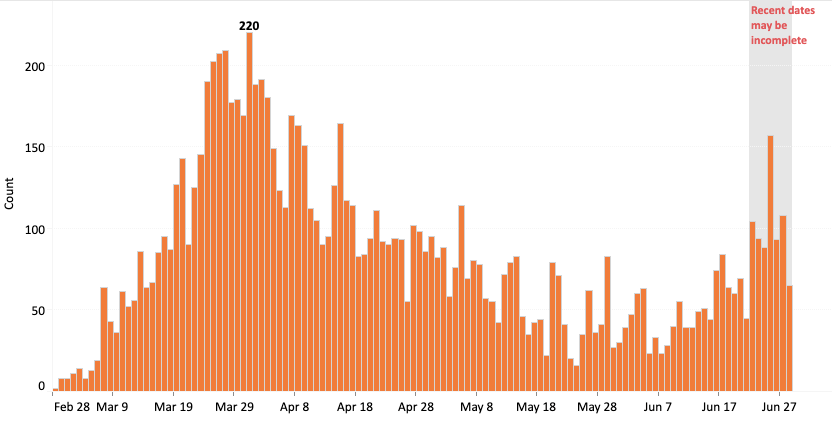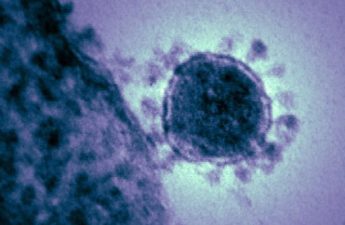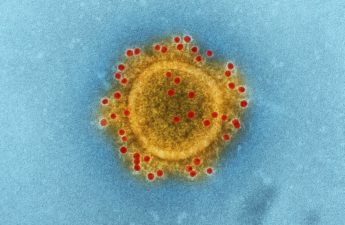Sharp increases in COVID-19 driven by cases among younger adults
Public Health Insider, Public Health – Seattle & King County
Two weeks of sharp increases in COVID-19 cases in King County points to a concerning sign that our community is moving in the wrong direction to contain the virus.

The daily average number of cases has more than doubled in the past two weeks, from an average of 40 daily cases in mid-June to 87 daily cases the week of June 21.
Our target is to have about 39 cases or fewer per day. This is the number of cases that meets the statewide target of fewer than 25 new cases per 100,000 residents over a two-week period. Currently, the rate in King County is 54 new cases per 100,000 residents.
Although an increase in cases with re-opening as people come into more contact with one another is expected, the rapid rise in cases is signaling that we need to take steps to limit further spread that could set back our re-opening.
Most of the increase is among younger people. Over half of all new cases are among people aged 20-39. Approximately 40% of cases in this age group over the past two weeks are among Seattle residents.

Because infections can spread from this predominantly younger group to older community members and people with underlying health conditions, we are closely tracking the healthcare system for increases in hospitalizations. At this time, we have not seen a corresponding increase in hospitalizations or deaths, but these events can take a few weeks longer to occur after infections increase.
“The recent increase in COVID-19 cases is very concerning. Increasing cases and risk for acquiring COVID-19 in our community threatens the hard-earned progress we made during the stay-at-home order. This virus is as smart as ever and we need to be as well – the risk from COVID-19 remains serious,” said Dr. Jeff Duchin, Health Officer for Public Health — Seattle & King County. “Everyone, especially young adults, needs to double down on COVID-19 prevention in all aspects of our lives immediately, including in social, recreational, workplace and business settings to avoid a rebound in serious illnesses, hospitalizations and deaths.”
Contributing factors to the rise in cases
No single exposure site has been driving the increase. Information from case investigations has pointed to multiple potential ways young people may be exposed. The largest proportion of cases continue to be reported among household contacts, but infections are likely acquired in many community settings.
Over the past several weeks, we’ve seen an increase in the number of people getting tested for COVID-19. Testing to diagnose people with COVID-19 as soon as possible after symptoms develop is a very important step in reducing transmission.
In addition to increased transmission, increased testing may be turning up more cases that were previously unrecognized. Our testing capacity has approximately doubled since early June. In addition, at the beginning of the epidemic testing was only recommended for people whose symptoms were more severe. Now, testing is recommended for anyone with even mild COVID-like symptoms. With this change in criteria, we may be identifying cases in people who otherwise would not have met the threshold for testing, such as younger people with mild symptoms.
Slowing the spread
To turn around these troubling trends, we all need to understand that the risk from COVID-19 remains high and take prevention measures seriously – for the long term. Anything that increases the number of people we have contact with or the proximity or duration of contact increases the risk for infection.
That means we need to continue to avoid close contact (keep at least 6 feet of distance), crowded settings and group gatherings and limit the duration of contact whenever possible.
If you’re together with friends, hanging out outside is much better than being inside. And, even when outside, avoid close contact with non-household members.
Wear a face mask in public spaces, including outside when distancing is not possible.
People who are older and people who have underlying health conditionsshould continue to stay at home and limit contact with others as much as possible.
If you have any symptoms of COVID-19, stay home and away from others and get tested as soon as possible.
July 4th weekend is coming, but COVID-19 won’t take a break for the holiday. The virus is as infectious as ever. Remember, we depend on one another to keep our community safe and stop the spread to our friends and family. Avoid close contact with others, keep your distance, and wear a mask.
Originally posted June 30, 2020.


